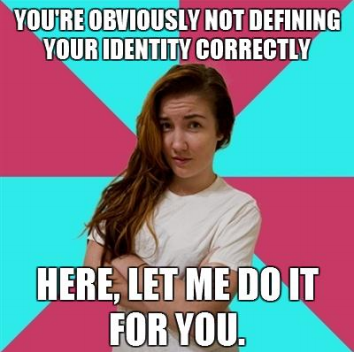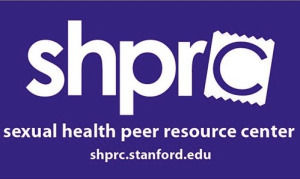by Lyla June Johnston, ’12
How it developed was pretty interesting. I found the beat to go beneath it from the creative commons search on soundcloud.com. It was produced by a man in Sweden whom I’ve never met who goes by the name of “Dr. Mess.” I asked him if I could overlay some lyrics on it and he was fine with it. This is the beauty of making art for the people, not for the profit, under creative commons license as Dr. Mess does. The greed and fear that comes with copyrighting is relinquished and so we can collaborate more freely, even from across the ocean. Continue reading







